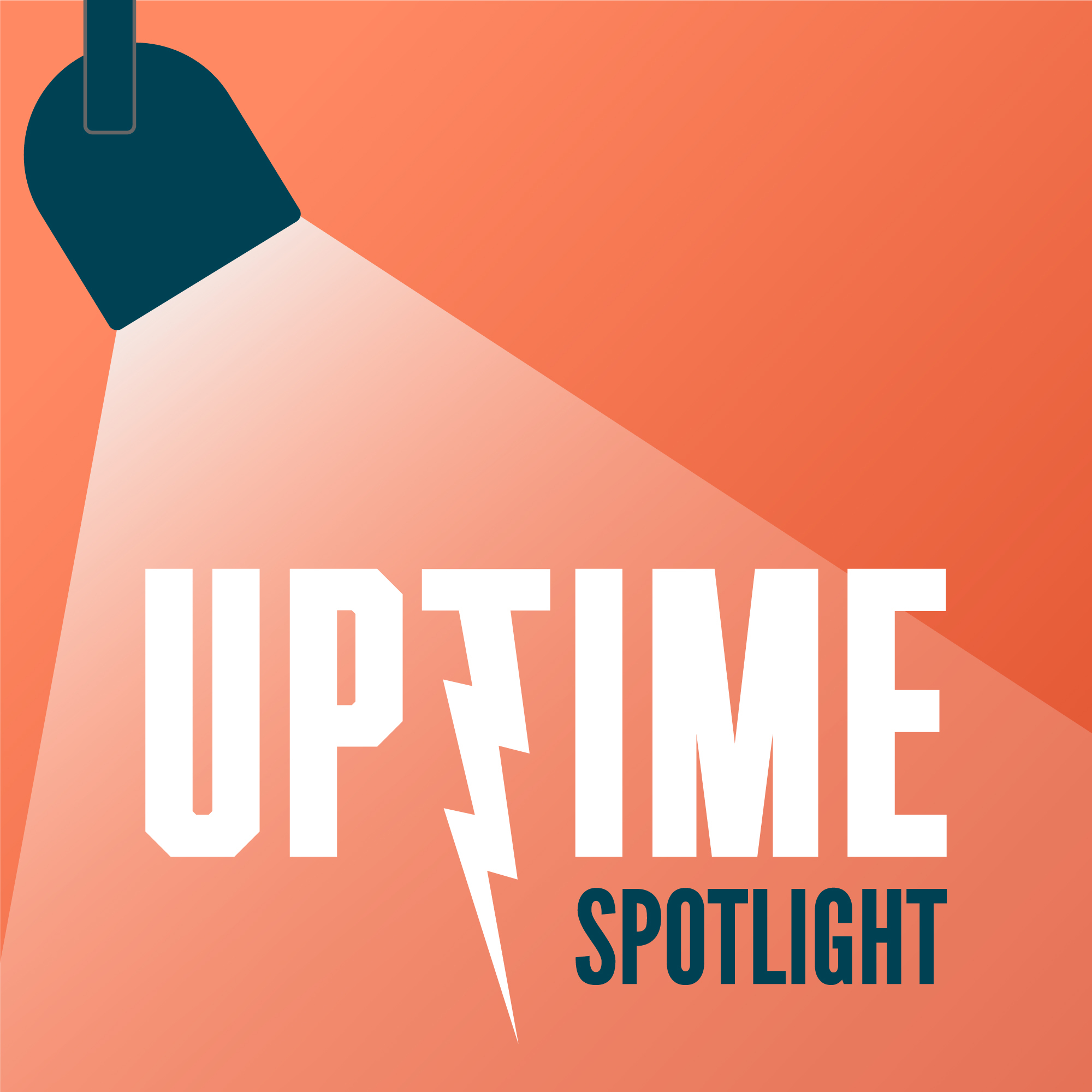Motordoc Reveals the True Story of Spain’s Power Crisis
Update: 2025-08-28
Description
Howard Penrose, President of Motordoc LLC, returns to discuss the complexities of modern electrical grids. The conversation covers the inaccuracies surrounding the Iberian Peninsula blackout, the intricate functions of voltage and frequency control, and systemic issues in grid management. Penrose explains how renewable energy sources like wind and solar, alongside energy storage, play crucial roles in stabilizing the grid.
Sign up now for Uptime Tech News, our weekly email update on all things wind technology. This episode is sponsored by Weather Guard Lightning Tech. Learn more about Weather Guard's StrikeTape Wind Turbine LPS retrofit. Follow the show on Facebook, YouTube, Twitter, Linkedin and visit Weather Guard on the web. And subscribe to Rosemary Barnes' YouTube channel here. Have a question we can answer on the show? Email us!
Welcome to Uptime Spotlight, shining Light on Wind. Energy's brightest innovators. This is the Progress Powering tomorrow.
Howard, welcome back to the show. How are you doing? It's been a bit, a lot has happened since we last spoke. I, I wanna speak about the Iberian Peninsula problem and the blackout that happened in April. Because there's been a number of inaccuracies about that situation, and you're actively involved in the groups that look into these situations and try to understand what the root cause was.
That the, the, the Iberian situation is a little complicated. The CNN knowledge, the Fox News knowledge is that solar was the cause of a problem. Yeah, that is far from the truth. You wanna explain kind of [00:01:00 ] what this, how it progressed over time? It started around noontime Spain and they had a couple of wobbles there.
You want to kick it off?
Howard Penrose: Yeah. First, first my comment is, I like how journalists become experts in, in literally everything, um, from 30 seconds to 30 seconds, right. Basically. The problem had been going on for a little while and, and the grided there had been operating much like it had been for a little while.
And, uh, you know, for years actually, uh, even with the application of alternative energy, we'll, we'll call it alternative energy for this, um, you know, so that we don't bring in that political end of calling it one thing or the other. Alternative energy is what we called it in the 1990s. So, um, in any case.
Uh, they had a number of issues with voltage control, meaning large loads would suddenly drop off and then the voltage would float up [00:02:00 ] and then, uh, and then they would have to do something to bring it under control. They're at 50 hertz, so their voltage is 400 kv. That's their primary grid voltage. They have an alarm trip voltage, meaning an emergency trip voltage, where they strip the line at 435 kv.
So, um, what happened now, the final event happened in 27 seconds, but leading up to that, they had an event where they had voltage float up. And they were bringing that under control. And then down in the southern part of Spain, and we don't have anything set up like this here in the states, luckily they had all, uh, a whole group of, um, solar uh, plants as well as a gas turbine plant feeding a single distribution transformer.
And the, uh, auto taps on that failed on the low voltage side on step up. So it basically dropped out. So, uh, something like, I, I'm trying to remember off the top of my, my head, [00:03:00 ] but it was either 300 or 800 megawatts just offline now. It was a lightly loaded day in Spain 'cause it was a beautiful day outside.
Uh, so that makes matters worse. It makes it unstable and really easy for voltage to flow up where people start to think that that, uh, alternative energy was a fault was because we were at 40%. Of the power supply was solar as the morning progressed, so it had climbed up to about that there was a good percentage of wind.
Um, but they had a nuclear power power plant online and several others providing synchronous protection for any type of in...
Sign up now for Uptime Tech News, our weekly email update on all things wind technology. This episode is sponsored by Weather Guard Lightning Tech. Learn more about Weather Guard's StrikeTape Wind Turbine LPS retrofit. Follow the show on Facebook, YouTube, Twitter, Linkedin and visit Weather Guard on the web. And subscribe to Rosemary Barnes' YouTube channel here. Have a question we can answer on the show? Email us!
Welcome to Uptime Spotlight, shining Light on Wind. Energy's brightest innovators. This is the Progress Powering tomorrow.
Howard, welcome back to the show. How are you doing? It's been a bit, a lot has happened since we last spoke. I, I wanna speak about the Iberian Peninsula problem and the blackout that happened in April. Because there's been a number of inaccuracies about that situation, and you're actively involved in the groups that look into these situations and try to understand what the root cause was.
That the, the, the Iberian situation is a little complicated. The CNN knowledge, the Fox News knowledge is that solar was the cause of a problem. Yeah, that is far from the truth. You wanna explain kind of [00:01:00 ] what this, how it progressed over time? It started around noontime Spain and they had a couple of wobbles there.
You want to kick it off?
Howard Penrose: Yeah. First, first my comment is, I like how journalists become experts in, in literally everything, um, from 30 seconds to 30 seconds, right. Basically. The problem had been going on for a little while and, and the grided there had been operating much like it had been for a little while.
And, uh, you know, for years actually, uh, even with the application of alternative energy, we'll, we'll call it alternative energy for this, um, you know, so that we don't bring in that political end of calling it one thing or the other. Alternative energy is what we called it in the 1990s. So, um, in any case.
Uh, they had a number of issues with voltage control, meaning large loads would suddenly drop off and then the voltage would float up [00:02:00 ] and then, uh, and then they would have to do something to bring it under control. They're at 50 hertz, so their voltage is 400 kv. That's their primary grid voltage. They have an alarm trip voltage, meaning an emergency trip voltage, where they strip the line at 435 kv.
So, um, what happened now, the final event happened in 27 seconds, but leading up to that, they had an event where they had voltage float up. And they were bringing that under control. And then down in the southern part of Spain, and we don't have anything set up like this here in the states, luckily they had all, uh, a whole group of, um, solar uh, plants as well as a gas turbine plant feeding a single distribution transformer.
And the, uh, auto taps on that failed on the low voltage side on step up. So it basically dropped out. So, uh, something like, I, I'm trying to remember off the top of my, my head, [00:03:00 ] but it was either 300 or 800 megawatts just offline now. It was a lightly loaded day in Spain 'cause it was a beautiful day outside.
Uh, so that makes matters worse. It makes it unstable and really easy for voltage to flow up where people start to think that that, uh, alternative energy was a fault was because we were at 40%. Of the power supply was solar as the morning progressed, so it had climbed up to about that there was a good percentage of wind.
Um, but they had a nuclear power power plant online and several others providing synchronous protection for any type of in...
Comments
In Channel







